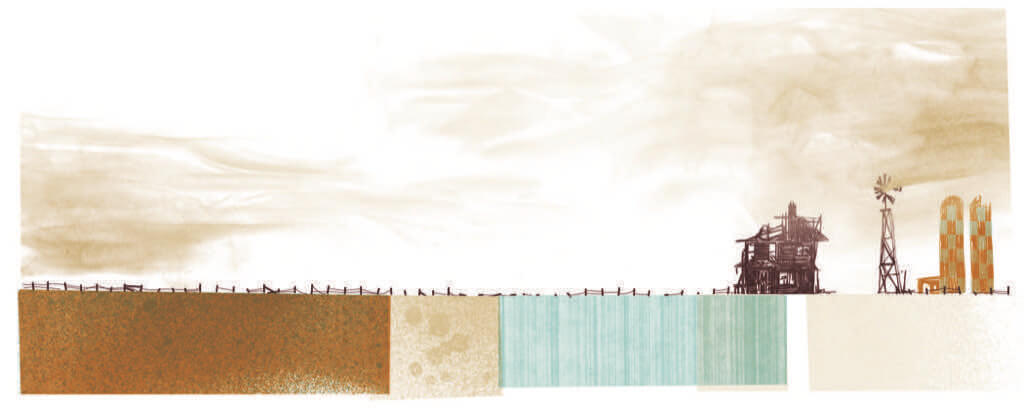
In 1867, when the British North America Act set out the terms of Confederation, most Canadians lived in small towns and villages or on farms. Cities as we now know them did not exist yet. The population of Montreal, then the country’s biggest city, was 105,000. Quebec City, at 60,000, was next, followed by Toronto, which had 50,000 inhabitants. Only one in five Canadians lived in a community with more than 1,000 residents, so the fact that the act made no provision for the financing of cities was unsurprising. Unsurprising, but unfortunate, because here we are, almost a century and a half later, an overwhelmingly urban society struggling to pay for pothole repairs and garbage removal because the Fathers of Confederation gave taxation rights exclusively to the federal and provincial governments. Then, as now, cities were an afterthought.
Urbanization is a global phenomenon. A few years ago, the Tate Modern in London, England, mounted a show to illustrate the magnitude of the post-industrial migration from rural to urban habitats. Over half of humanity now lives in cities, and the process is accelerating. In India, more than 275 million people will make the transition in the next twenty years. European countries are still the most urbanized in the world (97.4 percent of Belgians live in cities), although countries like Canada are catching up (80 percent of Canadians now live in thirty-three urban centres with populations greater than 100,000). According to Foreign Policy magazine, “100 cities account for 30 percent of the world’s economy, and almost all of its innovation.” The power of the global city rivals—and may soon surpass—the power of the nation-state; no country will prosper without one.
Where does that leave Canada? Fall municipal elections in Alberta, Saskatchewan, Ontario, and Prince Edward Island produced unwelcome reminders of the plight of our decaying, underfunded cities. One has only to watch television news to see how quickly we are falling behind urban behemoths that, until recently, we had never heard of. In fifteen years, China will have fifteen urban centres with populations averaging twenty-five million. In Canada, the only city with global potential—by virtue of its size, wealth, and diversity—is Toronto, but Toronto is falling apart. Its public transit system, once the envy of North America, is now twenty-five years behind the times. Its streets and parks are an embarrassment. How did this happen? It happened because Toronto, dependent on the largesse of the federal and provincial governments, cannot afford to fix its subways, roads, and parks. Like many other Canadian cities, it is almost bankrupt.
The problem originates with the Constitution but is sustained by politics. The country’s electoral map has not been redrawn to adequately reflect this new urban reality. In the House of Commons, politicians representing rural ridings still hold a disproportionately large number of seats (138 of 308). This distortion of representation by population persists at the provincial level as well, compounding the problem. At the senior levels of government, then, there is little or no immediate advantage in addressing the welfare of cities, although, to be fair, some politicians have tried. Paul Martin promised a “new deal” for cities, but unfortunately his government was short lived. As for the current prime minister, the only word to describe his response to the challenges facing the country’s cities, notwithstanding recent stimulus spending, is indifference.
We get the governments we deserve, and if our political leaders are uninterested in urban issues we have ourselves to blame. David Miller, the outgoing mayor of Toronto, was fond of reminding the electorate that only six cents of every Canadian tax dollar is spent on cities. Perhaps he hoped that knowledge of this fiscal injustice would encourage us to take to the streets in protest. If so, he was disappointed, because in Toronto, as in Canada’s other big cities, the citizenry still seems to believe that city building is a municipal enterprise, when, as more enlightened nations are beginning to realize, it is also the job of the state.
This appeared in the January/February 2011 issue.


